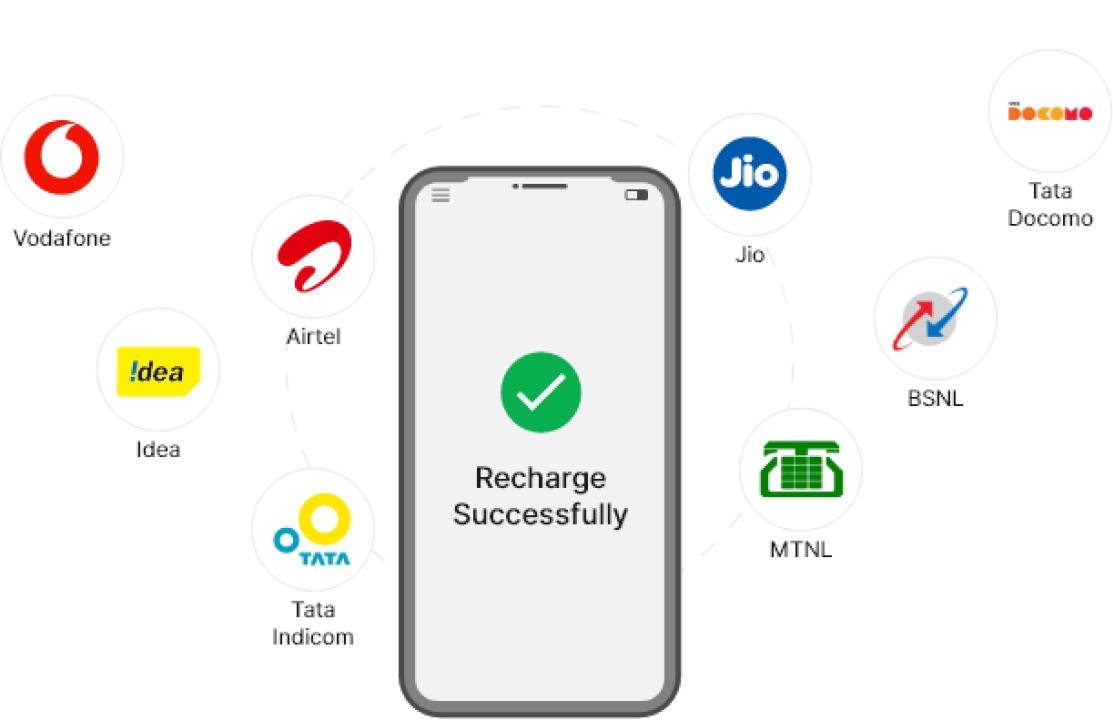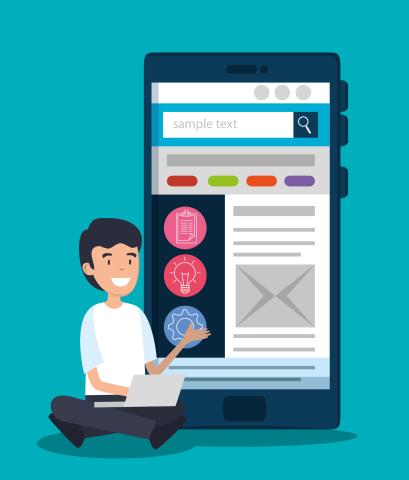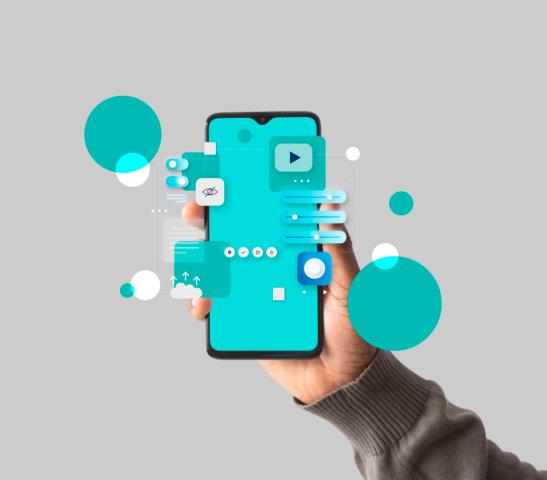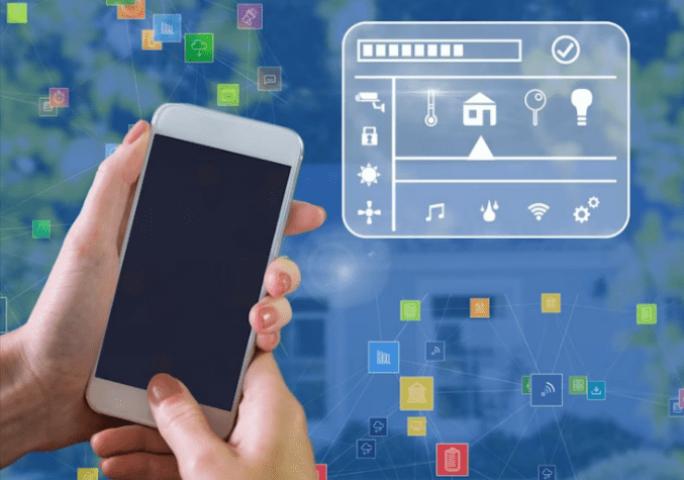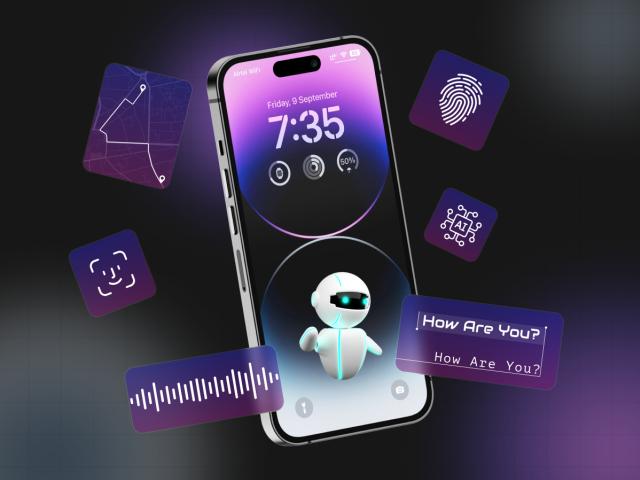In today’s fast-growing fintech industry, starting a mobile recharge portal is a lucrative and future-ready business idea. With India’s growing base of smartphone users and the widespread demand for prepaid mobile services, data packs, DTH recharges, and utility bill payments, a digital recharge business can offer high returns with low initial investment.
This guide walks you through every step involved in building your own mobile recharge portal, from choosing the right software to setting up APIs and onboarding users.
Why Start a Mobile Recharge Business?
India is home to over a billion mobile users, with the majority using prepaid services. Combine this with the increasing penetration of digital payments and government-backed initiatives like Digital India, and you have a massive opportunity.
With a well-developed recharge portal, you can offer:
-
Mobile and DTH recharges
-
Electricity and water bill payments
-
Data card and broadband top-ups
-
AEPS and BBPS services
-
PAN card assistance and DMT (money transfer)
Whether you're targeting urban tech users or rural retailers, this business is scalable, accessible, and in constant demand.
Step 1: Decide Your Business Model
Before development begins, you need to decide how your business will operate. Here are the main models:
✅ B2B Recharge Portal
Best for entrepreneurs who want to build a distribution network with Master Distributors, Distributors, and Retailers.
✅ B2C Recharge Portal
A direct-to-consumer platform where users recharge for themselves using wallets or payment gateways.
✅ White-Label Recharge Platform
A customizable, rebranded version of an existing platform that others can use to run their own recharge business.
Step 2: Select a Reliable Recharge Software Provider
Once you’ve finalized your model, choose a software company with a good reputation in the fintech development industry. Your recharge software should include:
-
Multi-operator mobile recharge support
-
Admin dashboard with role management
-
Commission structure setup
-
Wallet and ledger management
-
Recharge API integration
-
Real-time reports and logs
Ensure the provider offers scalable, customizable, and secure solutions with technical support.
Step 3: Integrate Trusted Recharge APIs
Recharge APIs allow your platform to communicate with telecom operators and utility providers. A good API ensures faster transactions, service reliability, and seamless automation.
You’ll need APIs for:
-
Prepaid and postpaid mobile services
-
DTH and data card recharges
-
Electricity, gas, and water bill payments
-
AEPS and BBPS services
Some portals integrate multiple APIs to ensure failover support, so if one API fails, another takes over.
Step 4: Build a Multi-Level User System
Recharge portals typically have four user levels:
-
Admin
-
Master Distributor
-
Distributor
-
Retailer
Your admin panel should allow you to:
-
Create and manage user accounts
-
Assign roles and commissions
-
Track transactions and wallet balances
-
View ledgers and download reports
This hierarchical model helps in scaling the business and ensures better user control and accountability.
Step 5: Set Up a Secure Wallet and Ledger System
Digital wallets are the backbone of any recharge portal. Each user, whether a retailer or distributor, should have their own wallet to perform transactions.
Key wallet features:
-
Add funds via UPI, net banking, or manually
-
Wallet-to-wallet transfer
-
Real-time balance updates
-
Credit/debit ledger with full transaction history
Your system should have encryption, OTP verification, and user authentication to maintain security.
Step 6: Add Value-Added Fintech Services
Offering more than just recharges can make your portal stand out. You can integrate:
-
AEPS (Aadhaar Enabled Payment System) for cash withdrawal and balance checks
-
BBPS for paying utility bills like electricity, water, and broadband
-
PAN Card services for identity-related solutions
-
DMT (Domestic Money Transfer) for instant fund transfers
-
Travel bookings for flight, bus, and hotel reservations
These services increase your earnings per user and broaden your market appeal.
Step 7: Legal Compliance and Documentation
Though a recharge portal typically doesn’t require a government license, integrating services like AEPS or DMT might require partnering with NPCI-certified or UIDAI-authorized providers.
Legal and compliance tips:
-
Use SSL for secure browsing
-
Protect customer data (in line with the Data Protection Bill)
-
Follow RBI and NPCI guidelines for fintech services
-
Keep proper KYC documentation for retailers
Step 8: Choose Cloud Hosting for Scalability
As your user base grows, you’ll need a hosting environment that can handle thousands of simultaneous transactions. Cloud-based hosting ensures:
-
High uptime and speed
-
Secure data storage
-
Easy updates and backup
-
Scalable infrastructure
Opt for reputable cloud providers that support auto-scaling, DDoS protection, and real-time monitoring.
Step 9: Promote Your Portal and Onboard Users
Once your platform is live, focus on digital marketing and outreach. Strategies to attract users include:
-
Social media promotions (WhatsApp, Facebook, YouTube)
-
Offering higher commissions to early signups
-
Referral rewards for distributors
-
Creating easy-to-understand tutorials and demos
You should also build a support system to help your users resolve queries quickly—live chat, helpdesk, and video training go a long way.
Final Thoughts
Building a mobile recharge portal in India is a solid business opportunity, especially as digital payments become the norm across urban and rural areas. With the right software, secure APIs, scalable infrastructure, and strong user onboarding strategy, you can build a brand that stands out in the competitive fintech market.
The key is to start with a clear plan, select a trusted development partner, and keep your services diversified and user-friendly. As your network grows, so will your income streams and brand credibility.
